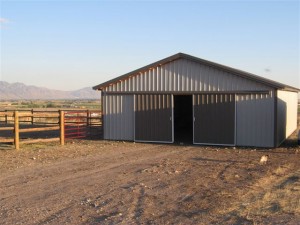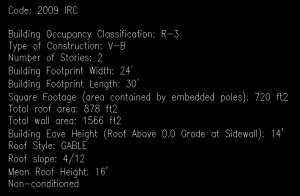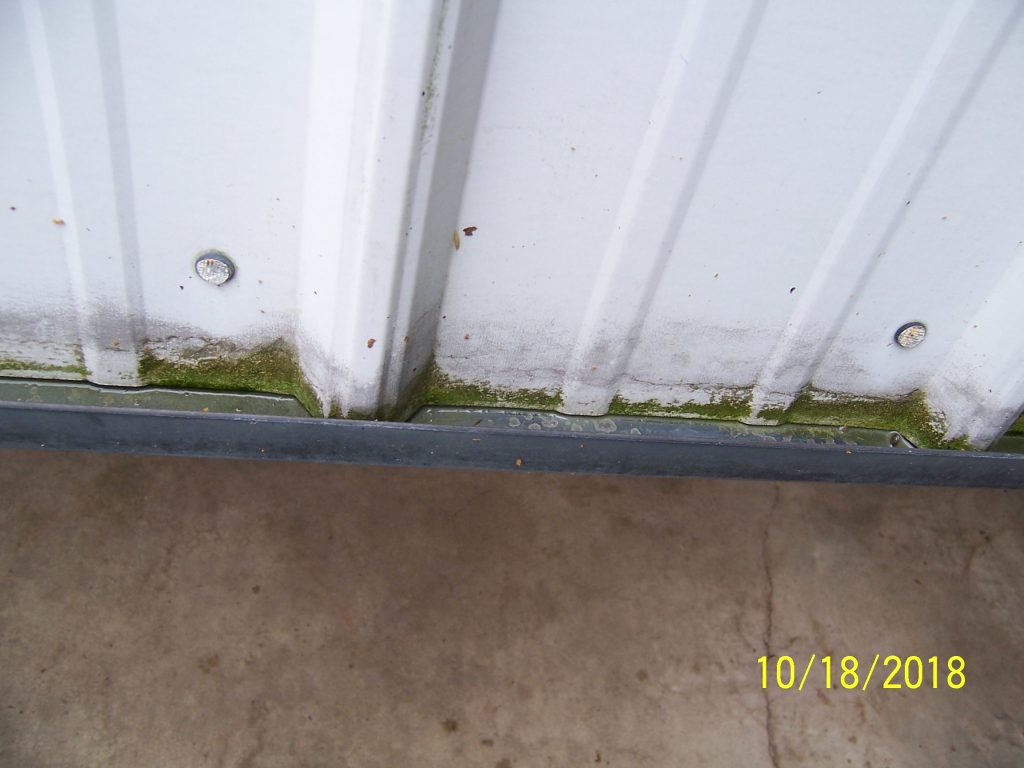From a February 22, 2016 article by Mike Grant in the Washington, Indiana Times Herald:
“A fire early Sunday morning destroyed a camper home near Washington. The Washington Township Volunteer Fire Department was called out around 2:46 Sunday morning to a fire in a camper that was parked inside of a pole barn at the intersection of SR 257 and CR 200S.
Washington Township Volunteer Fire Department Chief Tony Wichman says the owner, Cecil Welborn and his brother both escaped from the fire without any injuries.
“They had apparently been up watching television and were about ready to head to bed when the power went out,” said Wichman. “They went out of the trailer and discovered the fire.”
Firefighters say the blaze began in the electronics of the refrigerator.
“A mouse had built a nest in the heating unit of the refrigerator,” said Wichman. “That nest caught on fire and then the electrical system began shorting out all the way to the outside of the trailer.”
The camping trailer was a total loss. The fire did minimal damage to the pole building where it was sitting.”
Luckily, the building did not go up in flames with the camp trailer!
Let’s face it, rodents can be a problem, I’ve had challenges with them, at times, in both of my houses. There are some things which can be done in the building design to prevent mice in your pole (post frame) building.
Starting from the basics – use well sealing doors.
 Sliding doors may be economical (e.g. cheap) but they only seal tight enough to let your neighbor’s cat into the building. Sectional overhead doors are going to, at least, keep the rodents out when they are closed.
Sliding doors may be economical (e.g. cheap) but they only seal tight enough to let your neighbor’s cat into the building. Sectional overhead doors are going to, at least, keep the rodents out when they are closed.
Pour a concrete slab. Without a floor, it is just too simple for the mice to join you by ducking beneath the pressure preservative treated splash plank.
With steel siding, use base trim (also known as “rat guard”). This trim attaches to the splash plank just above the level of any concrete landings outside of entry doors, or concrete driveway approaches. It effectively seals off the bottom edge of wall steel, keeping them buggers out.
Place a block of wood at the intersection of the splash planks at all four corners. Without this 1-1/2 inch square in place, the rodents have a literal freeway to travel through.
Again with steel siding, add inside closure strips to the bottom edges of the wall steel. Even though the bottom of the steel is only 1/8” above the flat ledge of the base trim, an enterprising mouse might find its way in. This fills the void behind the high ribs of steel, leaving no path for the mouse to get through.
An ounce of prevention, is worth a pound (or more) of cure in this case.









